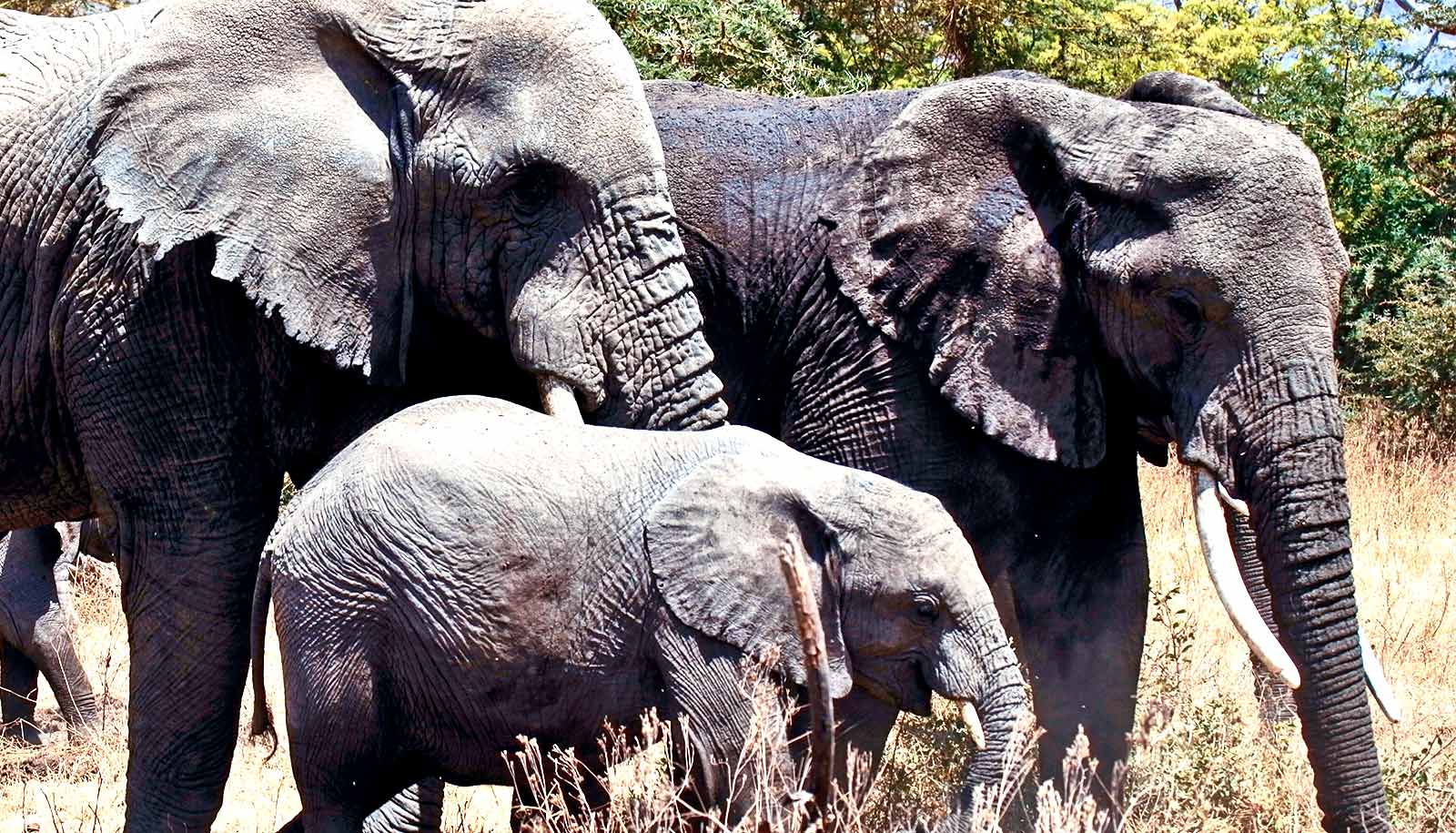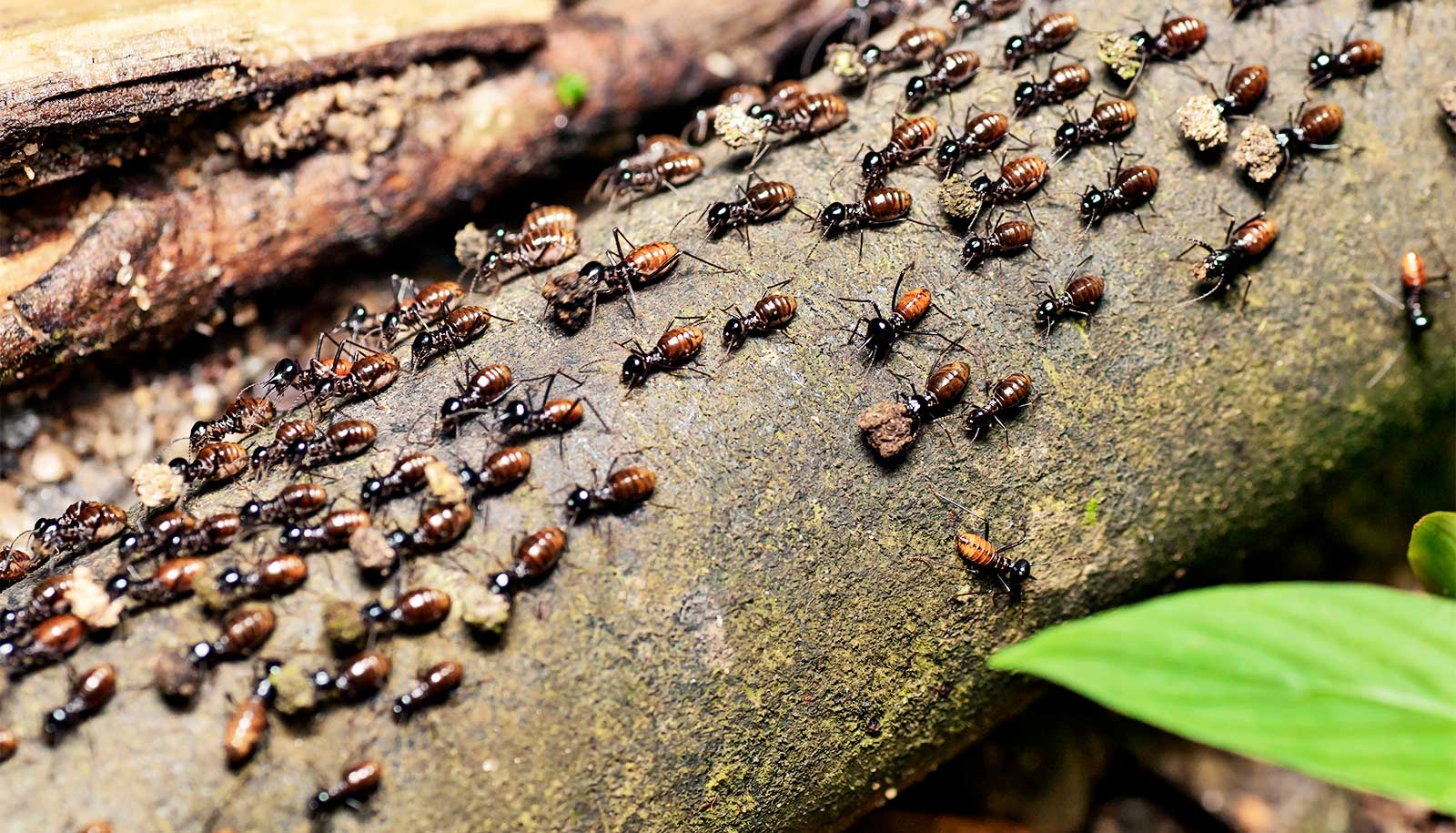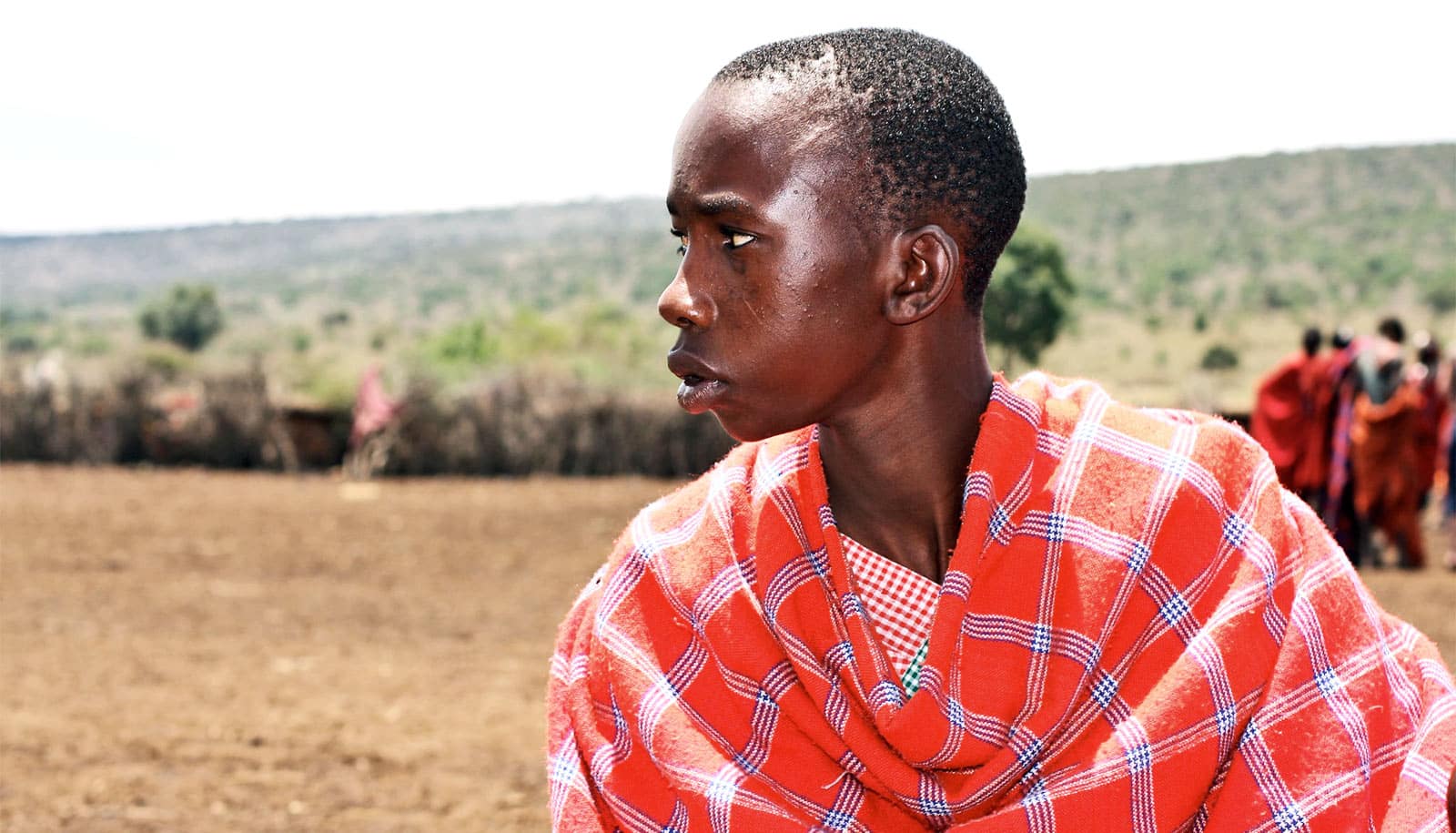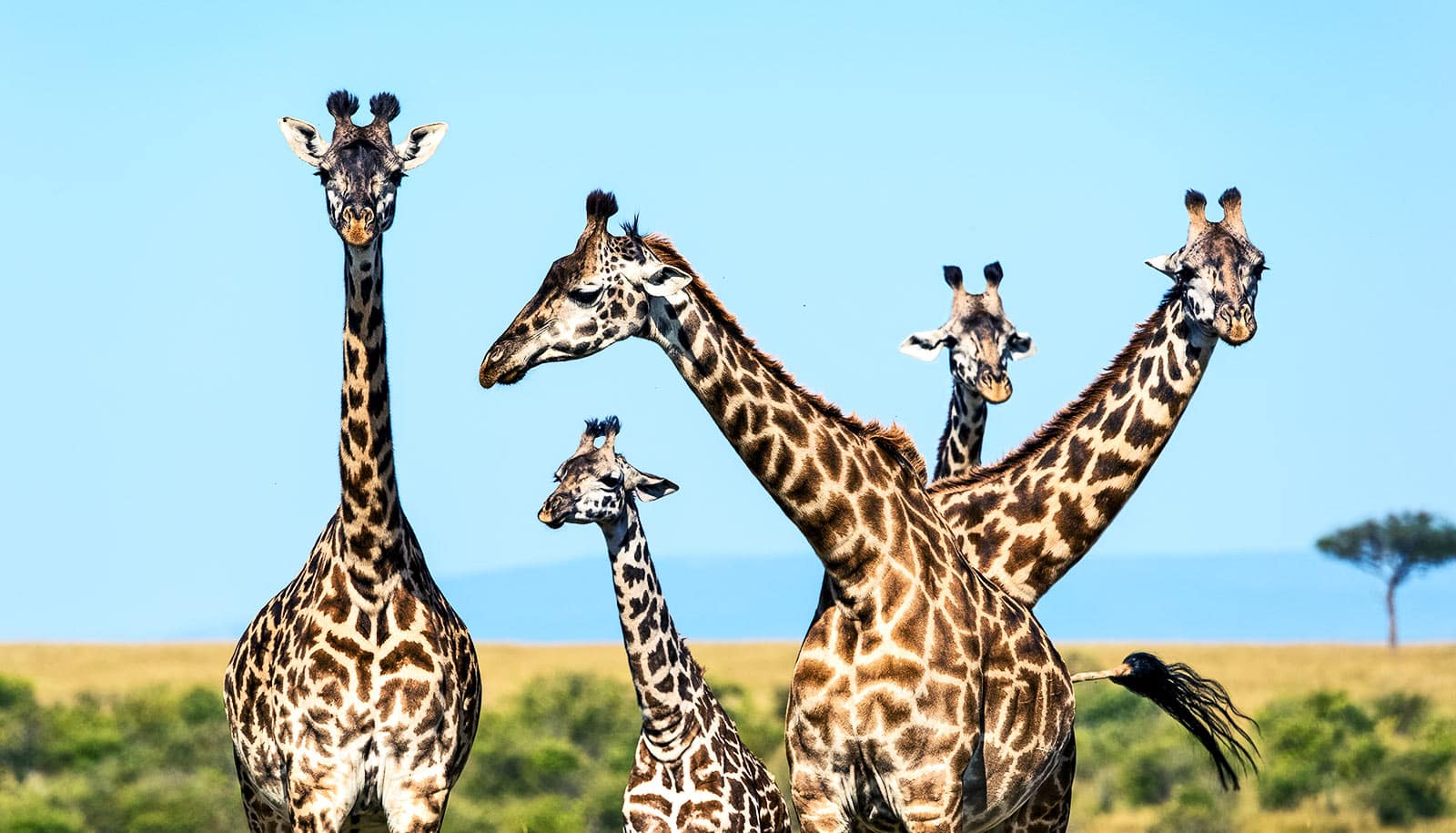Elephant trails may lead the way to better conservation approaches, researchers report.
These massive creatures trample thick vegetation through dense forests in the Central African Republic’s Congo Basin as they move from the forests’ fruit trees to more open water sources where they hydrate, bathe, and socialize.
“We’re talking thousands of miles of trails.”
African forest elephants, highly sociable animals, travel in small family groups to meet others at these muddy water sources, which are full of rich minerals that they can’t find in the forests. By clearing routes to these destinations, elephants have created a very complex network of roads that residents, tourists, scientists, and loggers still use today. If elephant populations decline, the forest grows over the trails.
“Think of elephants as engineers of the forests,” says corresponding author Melissa J. Remis, professor and head of anthropology at Purdue University and corresponding author of the paper in the journal American Anthropologist.
“Elephants shape the landscape in many ways that benefit humans. We’re talking thousands of miles of trails. If we think about the loss of elephants over time, then we will see the forest structure change and human activities also would shift,” Remis says.
“The fabric and way of life of local communities, and even for the industries and conservation organizations that exist in African forests, have largely been shaped by elephant landscape design,” says coauthor Carolyn A. Jost Robinson, a former doctoral student and current visiting scholar who also is director of sociocultural research and engagement at the nonprofit Chengeta Wildlife. “People rely on these elephant highways, and they also are invaluable at understanding and explaining the networks.”
Remis and Jost Robinson focus on these massive trail networks and the ecosystem and local foraging community, called the BaAka, as they evaluate how biological anthropology plays a role in conservation. Their research is specific to the elephant trails leading to Dzanga Saline, a famous forest clearing with a large water source in the Congo area.
“Anthropologists are very famous for critiquing conservation but not always for coming up with effective solutions,” Remis says. “The area of conservation is dominated by biological sciences, and you can’t make change just tending to ecosystems.
“Conservation messages focus on flagship species, like elephants, and rarely do they consider the knowledge or needs of people relying on or living with those species. Attention on both could help further conservation and human rights issues.”
“We’re broadening the conversation about conservation.”
More than 30 years ago, Remis visited the Dzanga-Sangha Protected Areas for the first time as a biological anthropologist to study gorillas. She became known as the “gorilla lady” as she visited the site dozens of times. Her fieldwork showed her that to know and study the gorillas, she had to learn about the forest and other wildlife from the local residents who share the land for food, shelter, and medicines.
Now Remis’ work focuses on the big picture—how the effects of conservation affect people, and what role biological anthropology can play.
“We’re broadening the conversation about conservation,” says Jost Robinson, who became known as the child of the gorilla lady by local residents at their African research site. “When you see a picture in a magazine story about ivory trafficking and elephant hunting, it is unlikely that the article will capture the entire experience of the community, as well as tourists, researchers, and companies with local interests.
“As part of this change—whether you want to talk about climate change, forest access, or wildlife protection—these relationships have evolved and taken on new shapes. We looked back on years of data and stories and realized there was a story to tell.”
By focusing on the local BaAka community, especially the hunters known as tuma, the scientists capture information from local residents about interaction and living with elephants that is usually not a part of conservation plans.
“We want this to be a model for showing how to get additional insights when addressing how to conserve forests in better collaboration with those people who rely on them for cultural and material sustenance,” Remis says.
“Being able to tell their stories and share their deep knowledge about the area, and what closing off an elephant trail or part of the forest can due to cut off access to food, medicines or social networks, is usually not part of the conservation approach. We need to hear the BaAka in their own words.”
The Clifford B. Kinley Trust and the College of Liberal Arts funded the work.
Source: Purdue University



